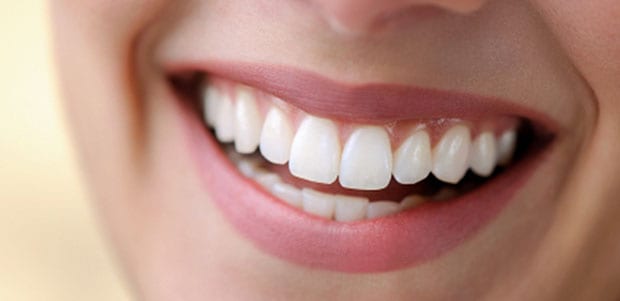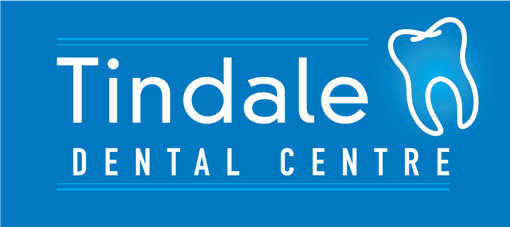
Click Here to download a printable PDF with instructions.
Essential Care – Brushing and Flossing Instructions
PROPER BRUSHING
Proper brushing helps minimize the risk of tooth decay and gum disease, the major causes of tooth loss. Use a soft-bristle brush and an ADA accepted fluoride toothpaste to remove plaque and food particles. Replace your brush every three months.
On outer and inner surfaces, brush at a 45-degree angle in short, half-tooth-wide strokes against the gum line.
On chewing surfaces, hold the brush flat and brush back and forth.
On inside surfaces of front teeth, tilt brush vertically and use gentle up and down strokes with toe of brush.
Brush the tongue in a back-to-front sweeping motion to remove food particles and freshen your mouth.
PROPER FLOSSING
Flossing daily removes plaque and food particles between teeth and below the gum line.
Wrap an 18-inch strand around your middle fingers and hold a one-inch section tightly.
Ease floss between teeth. Clean up and down several times while curving around teeth at the gum line.
Always floss behind the last tooth. Unwind clean floss as you proceed.
Floss around the abutment teeth of a bridge and under artificial teeth using a floss threader.
You may experience sore or bleeding gums for the first several days you floss. If bleeding continues after the first week of flossing, call your dental professional. If you have trouble handling floss, ask your dentist about the use of a floss holder, or other types of interdental cleaning aids.
Be sure to also follow the special home care instructions provided by your dental professional.

